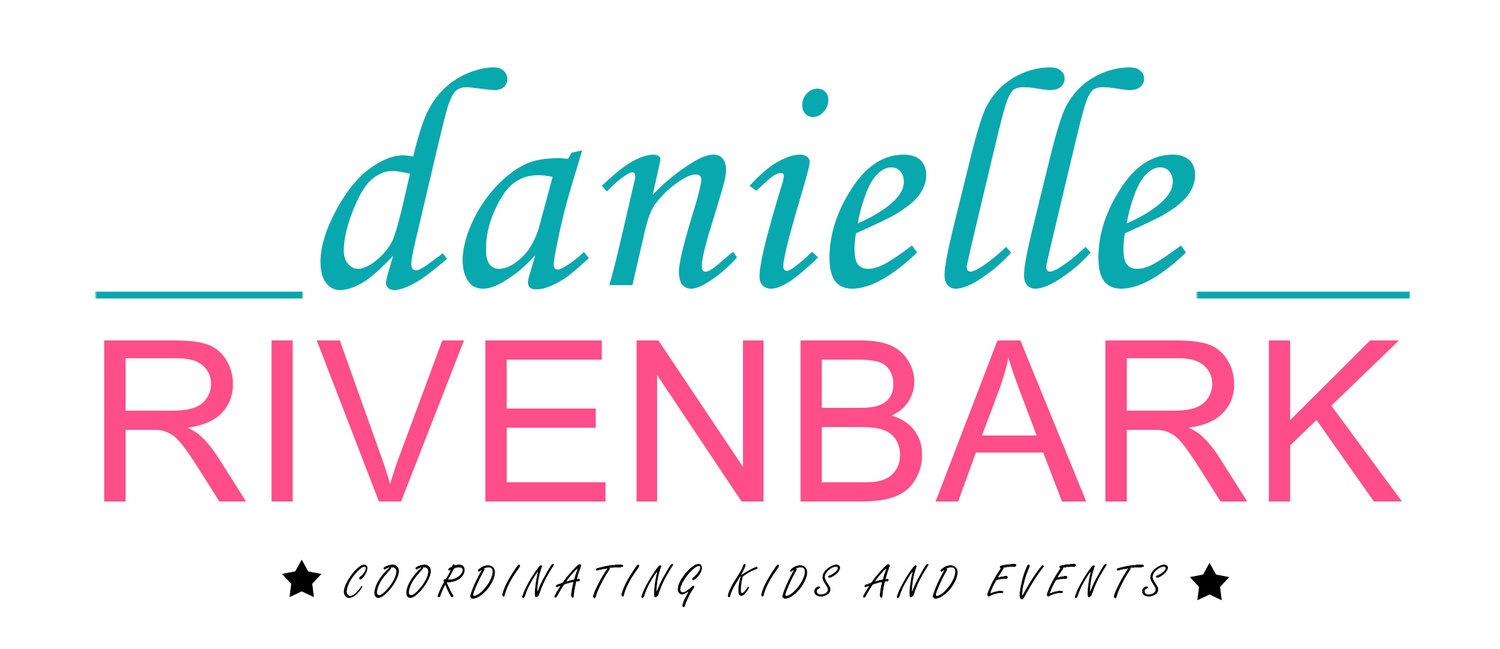Fun with Flags!
Since we're coming off the July 4th holiday I thought I'd impart some flag etiquette that I learned at a recent conference I attended with the NC Society of Government Meeting Professionals (NCSGMP).
First let me say that I feel like Sheldon Cooper from "The Big Bang Theory".
Now that we have that out of the way, onto the flag protocol!
Where should the U.S. flag be placed on stage?
- To the speaker's right (left as viewed from the audience).
- If there are multiple flags, the U.S. flag should be higher than other flags in the display, and still to the left as viewed from the audience.
- It should also be in front of other flags.
- You can also arrange the U.S. flag in the center of other flags.
How should a U.S. flag be hung?
- Stars to the top and stripes to the right.
- Stripes should hang diagonally from left to right.
Does the U.S. flag need to be larger than all other flags in the display?
- Size and style of the American flag determines size of all other flags used.
- No other flag shall be larger than the U.S. flag
- Staffs for all flags should be consistent
- Same height -- with exception of U.S. Flag -- and color
- Finials and Flag Holders/Bases should be consistent
- Exception: Only the President of the United States uses a black pole and an eagle finial
What order should I place my flags?
- U.S. Flag
- Country Flags - Alphabetically (U.S. Alphabet/French Alphabet overseas)
- State Flags (by order of admission into union)
- City Flags
- Departmental Flags (DOD, DOJ, DOS, etc)
- Service Flags (Army, Marine, Navy, Air Force, Coast Guard)
- These should be displayed in order of Service Commissioning Date (except Coast Guard, which is by precedence)
- Army - July 1775
- Marines - November 1775
- Navy - April 1798
- Air Force - September 1947
- Coast Guard - January 1915
- These should be displayed in order of Service Commissioning Date (except Coast Guard, which is by precedence)
- Command Flags
- Brigade & Battalion Flags
- Positional Flags - represent an office, not an individual
- e.g. Secretary of Defense; Chief of Staff of the Army
- Personal Colors - General Officer or SES flags
- International Organizations (by date of charter/founding)
- National Organizations (by date of charter/founding)
- Local Organizations (Schools, Churches, Sports Teams, etc.)
- POW Flag (National POW/MIA Recognition Day, Armed Forces Day, Memorial Day, Flag Day, Independence Day and Veterans Day)
What about buntings?
- Bunting hung in conjunction with an official ceremony represents the National Colors.
- In this case, blue should be at the top followed by white in the middle and red on the bottom, just like the U.S. flag.
Is there anything taboo when it comes to the U.S. flag?
- A U.S. flag should not be used
- as a covering for anything except a casket
- as clothing worn in a negative way (that cute American flag bathing suit is a no go!)
- in any manner in which it will be defaced or thrown away
- paper plates, napkins, door mats, towels, etc.
- When you head to grab festive plates in the future, think twice about the flag!
- as a costume or athletic uniform
- The flag should never be attached to any mark, insignia, letter, word, figure, design, picture, or drawing of any nature. (Sorry political signs, you're not in compliance with Section 8g of the Flag Code)
- The flag should never be displayed with the union (stars) down, except as a signal of dire distress in instances of extreme danger to life or property.




